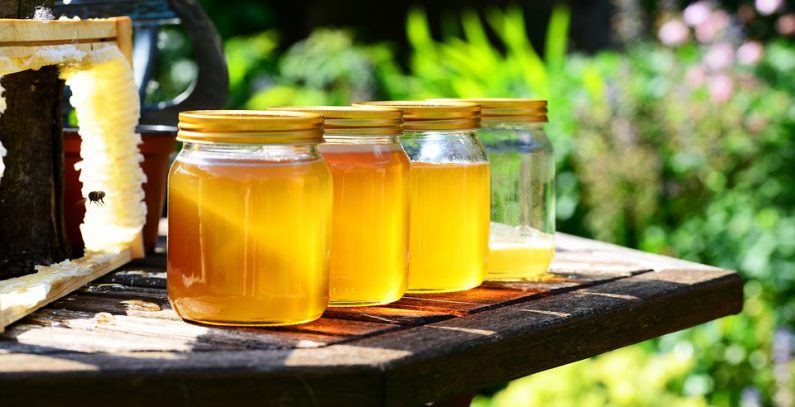
Photo: Pixabay
Did you know that a man from the South-East European region is one of the fathers of modern beekeeping techniques? Anton Janša was born on May 20, 1734 on the territory of today’s Slovenia, and the United Nations have declared his birthday World Bee Day. Another reason this day is marked in May is the fact that this is the most productive month for bees in the Northern Hemisphere.
Apart from giving us honey and other bee products, bees are also the most important pollinators, which include other species, such as butterflies, bats, and hummingbirds. As such, bees are crucial for food production and key to conserving biodiversity.
According to the UN’s data, there are between 25,000 and 30,000 species of bees, and preserving the diversity of bees and other pollinators is key to mitigating the impact of climate change on agricultural production and, consequently, the fight against world hunger.
The diversity of pollinators is important because different species have different traits and reactions to various temperatures and habitats, making their diversity necessary for pollination in current climate conditions but future ones as well, according to the UN.
In many countries, up to 50% of honey bees die off every year
However, pollinators face many threats today – from intensive agriculture and pesticides to climate change and rising temperatures. The situation is alarming: in many countries, up to 50% of honey bees die off every year.

What can be done for bees?
The UN recommends the following approaches for decision-makers:
- Pollinator-friendly pesticide policies;
- Conservation and enhancement of pollinator habitats;
- Valuation, incentives, and payments for ecosystem services;
- Participation, knowledge-sharing, and empowerment of rural and indigenous peoples and local communities;
- Collaborative research and outreach;
- Public awareness raising and knowledge sharing.
Recommendations for farmers
The UN is advising farmers to contribute to bee protection by:
- leaving some areas under natural habitat;
- creating hedgerows;
- reducing or changing the usage of pesticides;
- leaving nesting sites; and
- planting attractive crops around the field.


















Be the first one to comment on this article.